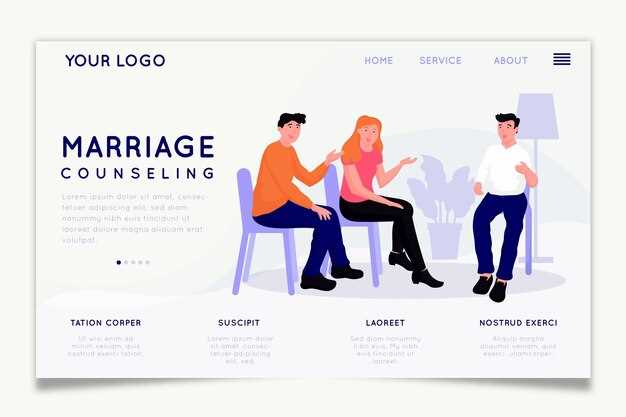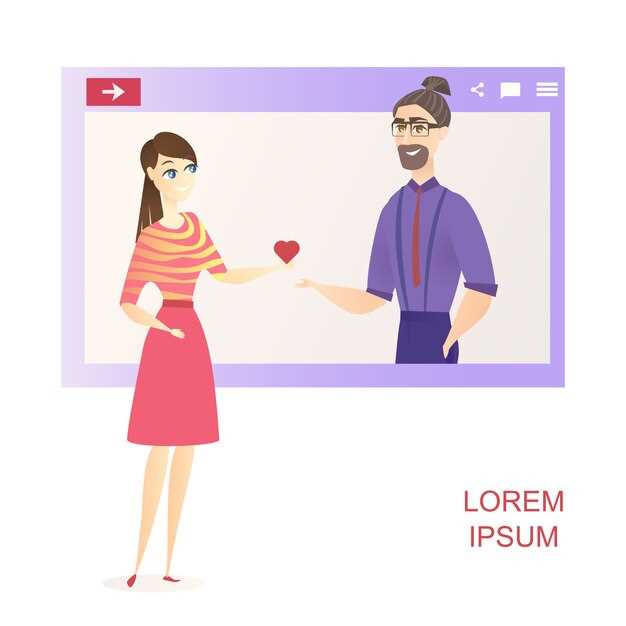Begin with a 15-minute daily check-in that clarifies your objective, reviews recent interactions, and adjusts the plan.
This framework nests three core modules: clarity, outreach, and evaluation. Clarity sharpens your profile, speaking style, and personal narrative. Outreach provides guided templates to initiate conversations, arrange first meetings, and extend invitations. Evaluation tracks progress through three metrics: response rate, meeting rate, and overall satisfaction with experiences.
First month targets include a 25% increase in meaningful replies and a 2x higher rate of first-meeting arrangements.
To reach these numbers, implement a daily 5-minute self-review, a weekly feedback session with a trusted friend, and a 15-minute script rehearsal using real-life prompts. Consistency matters; maintain a concise interaction log, noting what resonated and what did not, to refine your approach each week.
The six-week cycle adds 6 targeted first-date rehearsals, each timed to 60 minutes, with post-meeting notes to identify next-step opportunities. Track improvement with a simple scorecard: clarity, resonance, and next-step confidence.
Many participants report sharper self-presentation, calmer conversations, and more chances to meet in person. A recent cohort saw a 40% rise in invited dates and a 30% higher rate of face-to-face meetings within 4 weeks.
Ready to transform your romantic dynamics? Start with the 15-minute daily check-in, lock in the weekly review, and apply the templates. Your tone, tempo, and intent become predictable signals that attract compatible partners.
Define precise dating goals and a 12-week plan with weekly milestones
Set three concrete aims and a 12-week roadmap with weekly milestones, then track measurable targets every Sunday and adjust tactics.
Week 1 – Profile and outreach: capture 3 professional shots (headshot, full-body, candid), craft 2 bios tailored to different audiences, and prepare 6 opening templates; goal to initiate 15 new conversations and secure 2 first meetings by Week 4.
Week 2 – Messaging test: deploy 4 opener variants, track reply rate, refine two bios.
Week 3 – First meetups: arrange at least 2 casual in-person meets within 7 days; choose venues with quiet ambiance; set 20-minute first-date windows.
Week 4 – Momentum review: compare activity to targets; lift outreach by 20%; adjust prompts; lock in 2 additional dates.
Week 5 – Expand reach: add 2 new venues or apps; aim 3 new matches; schedule 2 more follow-up conversations to move toward a second meetup.
Week 6 – Date-craft review: review two recent meetups; extract 3 signals of compatibility; adjust profile and opener style accordingly.
Week 7 – Conversational cadence: establish daily rhythm with matches; keep replies within 1–2 hours during peak windows; use 2 new prompts weekly.
Week 8 – Friction handling: implement a 2-step re-engagement pattern for stalled threads; test one new approach.
Week 9 – Evaluate chemistry: identify at least 2 strong alignment indicators; experiment with a longer first date or a shared activity.
Week 10 – Second-date optimization: arrange a memorable second meetup with a plan; track satisfaction.
Week 11 – Exclusivity or next phase plan: decide whether to deepen one connection or maintain multiple; set criteria.
Week 12 – Closure and next steps: consolidate learning; set a new set of milestones in the next 12 weeks; record metrics.
Optimize your dating profile and opening messages to maximize response rates
Upload four high‑resolution photos: 1) a clear face shot with natural light and a genuine smile, 2) a candid shot showing you doing a hobby, 3) a full‑body image in casual attire, 4) a tasteful lifestyle image that reflects your vibe. Don’t include group shots or sunglasses. Profiles with four sharp images average higher message frequency–roughly 28% more replies–and smiling facial expressions boost engagement by about 26%.
Craft a tight bio: two to three sentences, name one hobby, home city, and a concrete detail that hints at personality. Use specifics rather than generic phrases; examples: “I run a small photo collective on weekends” or “I bake sourdough on Sundays.” Profiles with concrete details see 25–33% more replies.
Prompts and first lines: reference a profile detail to invite response. Avoid generic greetings. Try lines like: “Your climbing shot has me curious–what’s your favorite route this season?” or “I see you love coffee; what’s your go‑to order after a hard workout?” Data: messages referencing profile content tend to generate 2x higher response probability than generic openers.
Keep first message concise: 60–110 characters works best; include a question or a prompt to reply. Avoid long paragraphs in initial note; aim to include one question and a hint of shared interest.
Structure and cadence: lead with a detail from the profile, then a light, friendly tone; close with a question. Example: “Noticed you kayak; what’s your best river run lately?”
Experiment and adjust: rotate two or three openers weekly; track response rate changes; update the bio every few weeks based on what resonates, and refresh main image if engagement drops. Metrics help calibrate approach without guessing.
Plan and practice real dates with structured feedback to improve rapport
Block plan: allocate 90 minutes split into 15 minutes prep, a 60–70 minute meetup, then 10–15 minutes to jot a reflective note. Establish a weekly rhythm across six weeks. Track progress on a single sheet: date, context, initial rapport rating, post-date rating.
Three-phase cycle: plan, execute, reflect. In planning, select 2–3 openers tied to interests. During the meetup, aim to keep turns balanced and ask 1–2 high-value follow-up questions per topic. In reflection, compare notes with a partner using a fixed rubric.
Feedback template (printable): What clicked well, 1–2 moments of friction, listening cues observed, nonverbal signals, concrete next-step idea, overall energy rating 1–5. Each item gets a numeric score, then calculate an averaged rapport score after each meetup.
Metrics you can track weekly: speaking time balance target 40–60% each, eye contact average 3–4 seconds per glance, voice tone warmth rating 3–5, topic variety count per date (min 5 distinct themes). Baseline from week 1; improvement target by week 6: raise average rapport score from 3.2 to 4.1, raise shared topic count by 1.5 topics on average.
Practice plan: before each meetup, write 2–3 flexible openers that align with known interest, plus a couple of follow-up prompts. During the meetup, hold 2–3 deliberate moments of listening, paraphrase to confirm understanding, and avoid interrupting. After the meetup, fill the rubric within 15 minutes, swap notes with a trusted partner, and lock in one actionable tweak to apply during the next session.
Sample closing script: “I enjoyed this chat; would you like to continue with coffee next week at a place you enjoy?” This prompts a concrete next step. Use a clear date and time, not a vague plan. If interest seems lukewarm, propose a low‑risk follow-up such as sharing a mutual interest article.
Implementation note: avoid reliance on any single approach; treat each meetup as data. A weekly cadence yields enough samples to differentiate between skill gaps and spontaneity. Use anonymized feedback occasionally to validate impressions from the other side.
Four-week milestone example: date 1 baseline; date 4 target; compute improvement; example: if initial rapport rating is 3.1, target 4.0 by date 4; track average interruptions under 2 per date; target to reduce silence gaps under 6 seconds.
Record-keeping: use a single tab in a note app; fill fields after each date: mood, energy, topics covered, care shown by partner; keep data compact; privacy.
Outcome: stronger warmth, smoother transitions, more inviting energy; you’ll notice a new rhythm that enhances mutual curiosity across two to three sessions.

 Programa de coaching de encontros">
Programa de coaching de encontros">


 Certificação profissional de casamenteiro">
Certificação profissional de casamenteiro">
 Online relationship coaching">
Online relationship coaching">
 Matchmaking training online">
Matchmaking training online">